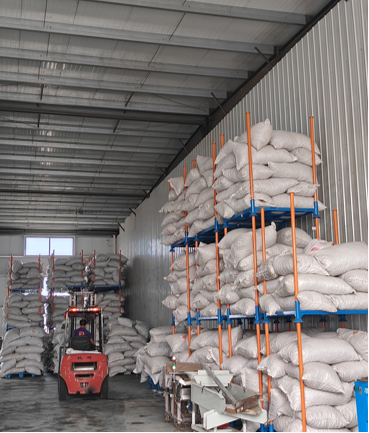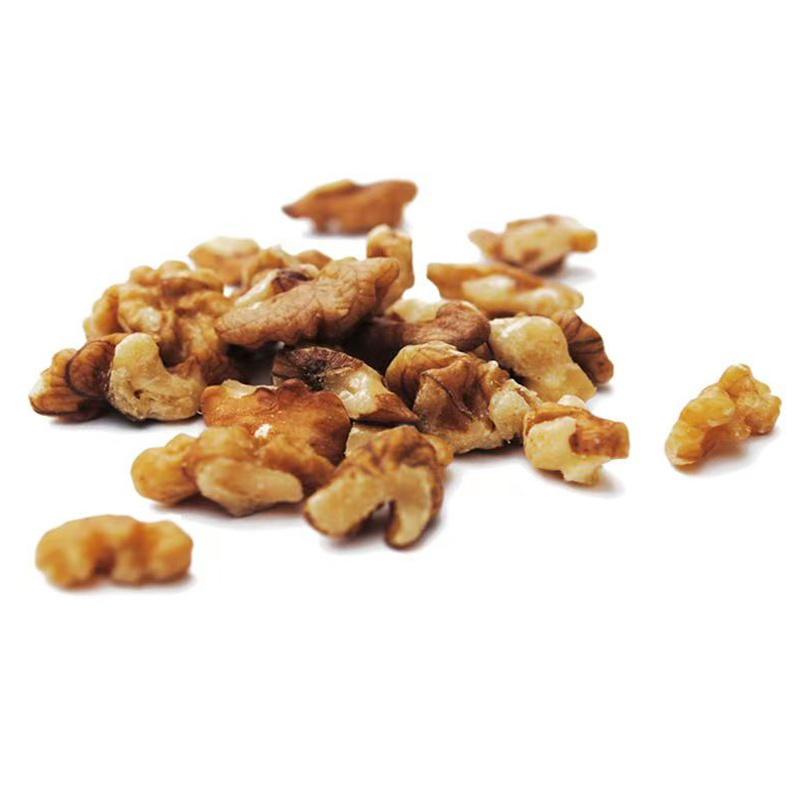
Why doesn't the walnut fruit?
2025-02-08
Walnut is one of the most popular and valuable trees in many cultivated gardens and gardens. Its fruits are not only tasty, but also have many useful properties, which makes them in demand in cooking and medicine. However, it happens that with all visible growing efforts, nuts cease to bear fruit, which causes bewilderment and disappointment among gardeners. In this article, we will consider the main reasons for this problem and offer solutions in order to return its productive power and health to your tree.
Inappropriate climate
For normal growth and fruiting, walnuts require specific climatic conditions. Often, when the tree does not give fruits, this is due to climatic factors that do not meet its natural requirements. Long droughts or, conversely, excessive moisture can adversely affect the condition of the tree. Nuts prefer moderately wet and warm summer months and mild winters. A tree can also negatively respond to sharp temperature changes in the off -season.
It is important to remember that walnuts are sensitive to late spring frosts that can damage developing buds and flowers, which leads to the lack of fruits. In areas where such frosts are frequent, it is recommended to choose more stable varieties or take wood protection measures.
Poor quality of the soil
Walnut is a tree that requires the quality of the soil. The inappropriate level of acidity, a lack of nutrients and a poor soil structure - all this can cause the tree that the tree does not bear fruit. Nuts require a well -drained soil rich in organic substances with a neutral or slightly alkaline reaction.
To improve fertility, you can use organic fertilizers, such as compost or rotted manure. They must be made in autumn or early in the spring, so that the nutrients manage to digest the roots before the start of active growth.

Moisture deficiency or excess
Moisture balance is one of the key factors in the successful fruiting of walnut. The lack of moisture can interfere with the normal development of fruits, since the wood does not receive the elements necessary for it for growth. On the other hand, excess moisture can also adversely affect, leading to rotting of the root system and the occurrence of fungal diseases.
Moisture care includes regular watering in arid periods and ensuring high -quality drainage in cases of excess precipitation. It is also useful to mulch the soil to reduce moisture evaporation and protect the roots from hypothermia.
Diseases and pests
One of the most common reasons why walnut does not give fruit are various diseases and pests. Diseases, such as anthracnosis or bacterial burn, can cause falling out of leaves and fruits, which, ultimately, leads to the loss of the crop. Pests, such as walnut aphids or walnut weevils, can also significantly damage the tree.
Walnut does not give fruitsDue to pests, it may require the use of special insecticides or fungicides. Regular tree examinations and timely removal of damaged parts will help to protect it from the spread of infections.

Poor pruning and formation
Proper pruning and the formation of the crown is an important aspect of walnut care. When the tree does not bear fruit, one of the reasons may be improper pruning, which leads to a decrease in productivity. Incorrectly remote branches can distort the growth of wood and prevent the normal development of fruit buds.
Pruning should be carried out during the rest of the tree to stimulate its growth in the spring. Washing and damaged branches are removed, which helps to improve air circulation and illumination inside the crown, and also prevents the development of diseases.
Lack of pollination
Walls depend on the wind for pollination, and sometimes fruiting problems can be associated with insufficient air circulation or insufficient number of spray trees nearby. This is especially true for young trees or same -sex varieties that need the pollinator for the formation of fruits.
Walnut does not give fruitsDue to the lack of good pollination, it is sometimes solved by the planting of additional varieties that bloom at the same time, providing the necessary cross -pollination. You should also monitor the health status of your nut so that the flowers remain viable during the flowering period.
Understanding all these aspects and thorough observation of the condition of the tree will help gardeners to establish and eliminate the reasons for the lack of fruiting in a walnut, returning it to life and giving a rich harvest.











